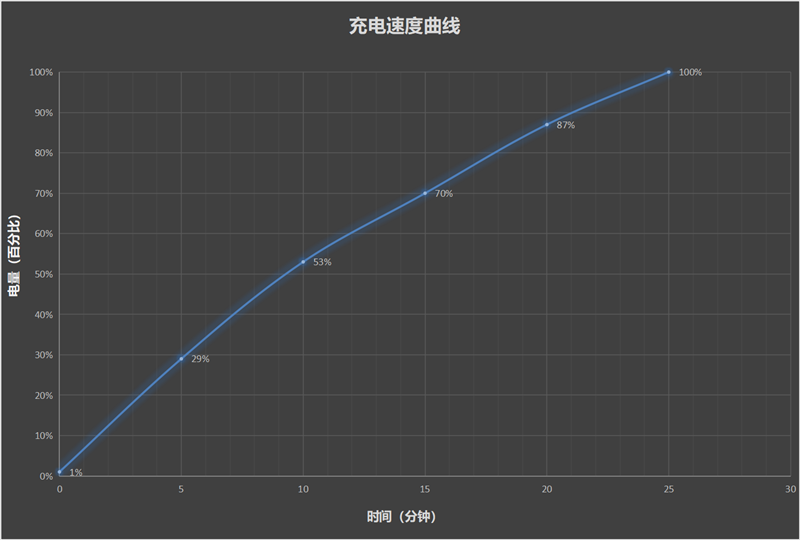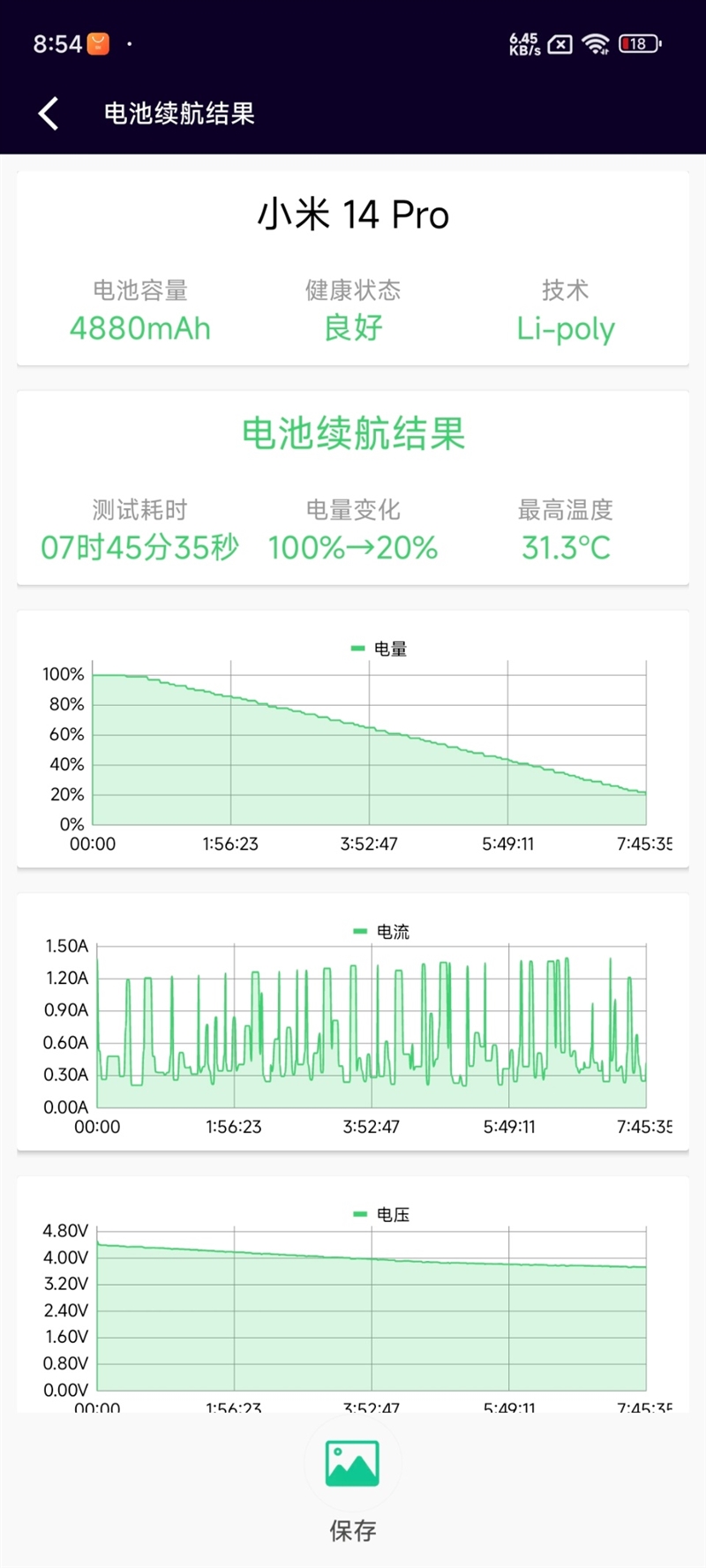There is no doubt that the Xiaomi 14 series is the most popular mobile phone product among recent generations of Xiaomi digital flagships!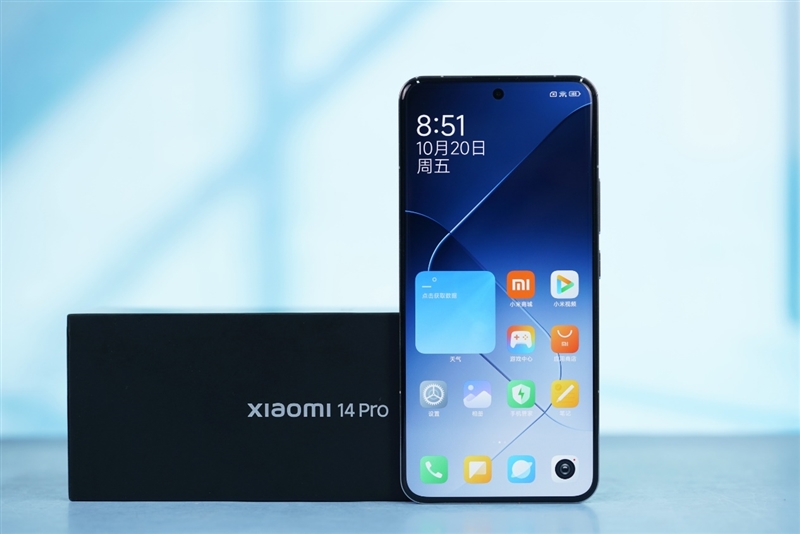
The first self-developed Peerce OS operating system, the entire series comes standard with the Leica Summilux lens, which is known as the most perfect in the mobile field, and is the first Android phone equipped with Snapdragon 8 Gen3. These three points alone are enough to determine the historical status of the Xiaomi Mi 14 series.
It is also Xiaomi’s most mature work after three years of high-end exploration. It can be regarded as a truly “established” flagship phone of Xiaomi’s high-end strategy.
This time, the Xiaomi Mi 14 series debuts two models, Xiaomi 14 and Xiaomi 14 Pro, one small (6.36 inches) and one large (6.73 inches).
Lei Jun said that in the naming system of Xiaomi’s digital flagship, the standard version and Pro are not in the same relationship as “medium cup” and “large cup” in the past.
Instead, they all designed different styles based on the idea of ”beyond the big cup”, and each can be said to be good at winning.
The dual success of Xiaomi 13 and 13 Pro also proves that small-size straight-screen flagships and large-size slightly curved screen flagships can coexist harmoniously and win the market together.
The Xiaomi Mi 14 series also continues the design ideas of the Xiaomi Mi 13 series. Xiaomi Mi 14 continues to focus on the small-screen flagship market. While hitting the performance ceiling of small screens, it also achieves the ultimate in narrow-edge straight screen and light feel; Xiaomi Mi 14 Pro adopts a full-screen display for the first time. The deep and slightly curved screen integrates Xiaomi’s current innovative technologies into one.
Today we are reviewing the protagonist Xiaomi 14 Pro, which is the “complete body” that releases the advanced skills of the Xiaomi 14 series.
Before entering the formal evaluation, let’s take a look at the detailed parameters of Xiaomi 14 Pro and the similarities and differences with Xiaomi 14:
Xiaomi Mi 14 Pro debuts the third generation Snapdragon 8 mobile platform, with the new Cortex-X4+A720+A520 core architecture and Adreno 750 GPU blessing. The CPU peak performance of the whole machine is increased by 30%, the power consumption is reduced by 34%, and the GPU peak Performance is improved by 35% and power consumption is reduced by 38%.
In terms of screen, Xiaomi Mi 14 Pro and CSOT jointly customized a new generation of C8 luminescent material. The peak brightness of the screen exceeded an astonishing 3000nit, reaching the highest level in the industry. At the same time, this screen also supports 12-bit color depth and LTPO infinite variable refresh. rate and 2K resolution.
In terms of imaging, Xiaomi Mi 14 Pro cooperated with OmniVision Technology to customize a new photosensitive element, which Xiaomi named “Light and Shadow Hunter 900”. This CMOS has a 1/1.31-inch photosensitive unit, bringing the industry’s most advanced single-frame high dynamic range. capabilities, combined with the Leica Summilux lens and 1024-step variable aperture, opens a new era of mobile optics.
Compared with Xiaomi 14, it has four unique features:
Exclusive access to Xiaomi’s self-developed Dragon Crystal glass, which is 10 times more resistant to drops; Exclusive access to the f/1.42-f/4.0 stepless variable aperture and 5cm super macro; Exclusive access to two ThePaper P2 fast charging chips; Exclusive access to AAC Technologies ESA1016 ultra-wideband X-axis transverse linear motor.
Compared with Xiaomi 14, it has the following differences:
The screen of the Xiaomi Mi 14 Pro is presented in the form of a congruent deep and slightly curved screen. It has the visual sense of a straight screen and the feel of a curved screen and is not easy to accidentally touch. Secondly, the 1920Hz high-frequency PWM dimming, When the brightness of the mobile phone is lower than 80nit at night, the eye protection ability is stronger than that of Xiaomi Mi 14.
Although the entire Xiaomi 14 series is equipped with a USB 3.2 transmission interface as standard, the transmission rates are different. The standard version supports high-speed transmission up to 5Gbps, while the 14 Pro has twice the transmission speed of the standard version, with a transmission speed of 10Gbps.
There are also differences in charging. Xiaomi 14 supports up to 90W of Thermal Power charging in seconds, with a built-in Thermal P2 charging chip, while the charging power of Xiaomi 14 Pro has been increased to 120W. Two Thermal P2 charging chips support a single battery cell of over 100 times. Watt fast charging capability.
There are also slight differences in the speakers. Although they are both dual speakers, the Xiaomi Mi 14 Pro is equipped with symmetrical stereo dual speakers, while the Xiaomi Mi 14 uses earpiece-type dual speakers. The sound quality and three-dimensional sense of the sound of the former are better than that of the latter.
Of course, there are also some subtle differences, such as body thickness, weight, battery capacity, secondary camera specifications, laser focus sensors, etc.
Design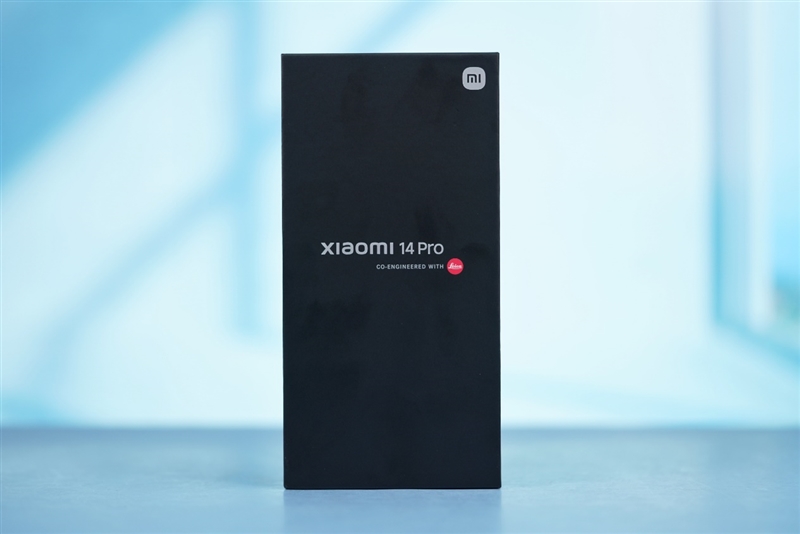
The packaging of the Xiaomi Mi 14 Pro continues the simple design style of the previous generation. The product model and the logo of Xiaomi’s deep imaging partner “Leica” are printed in the center. The Xiaomi logo is printed in the upper right corner. The entire packaging is pure black, highlighting Xiaomi. The dignity and elegance of mobile phones.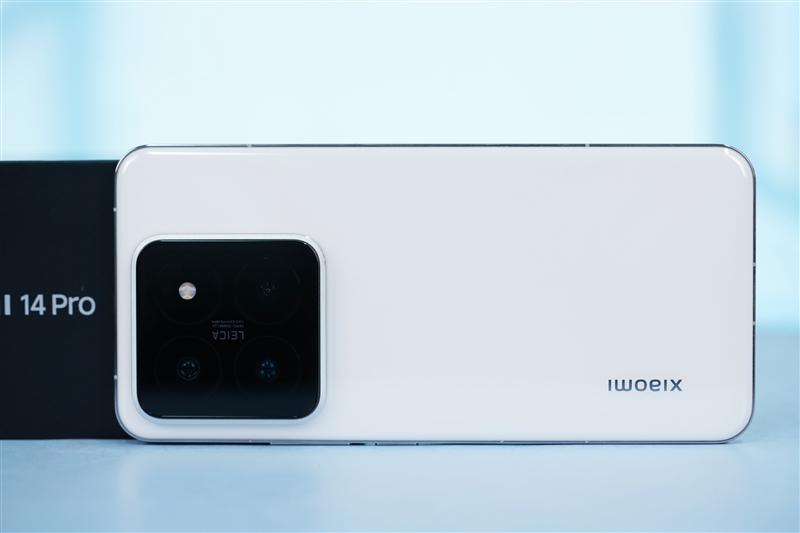
The 14 Pro is equipped with a 6.73-inch OLED screen. This screen is provided by CSOT and uses C8 luminescent material. The peak brightness can reach the industry’s highest 3000nit. After professional primary color calibration, the problem of OLED screens being yellowish is solved.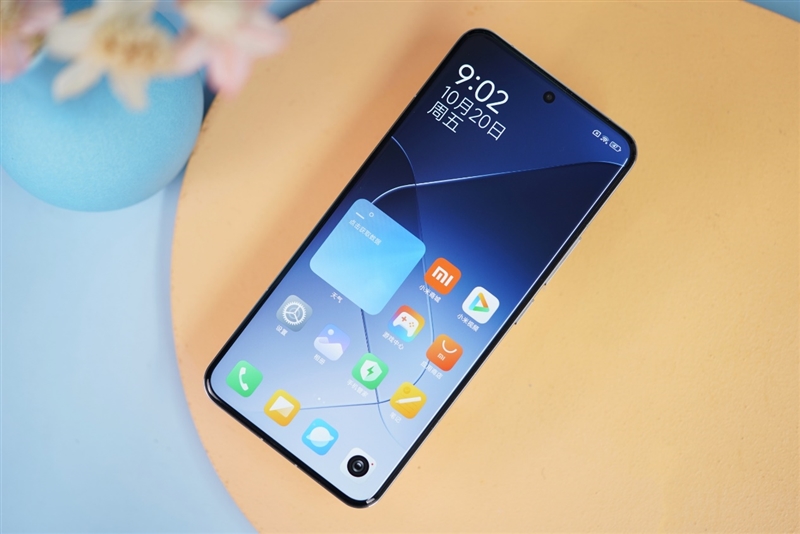
The LTPO substrate gives Xiaomi Mi 14 Pro the ability to infinitely variable refresh, truly achieving a dynamic adaptive refresh rate of 1~120Hz, and supports native 12bit color depth, which can display up to 68 billion colors, making the color transition of the picture more realistic.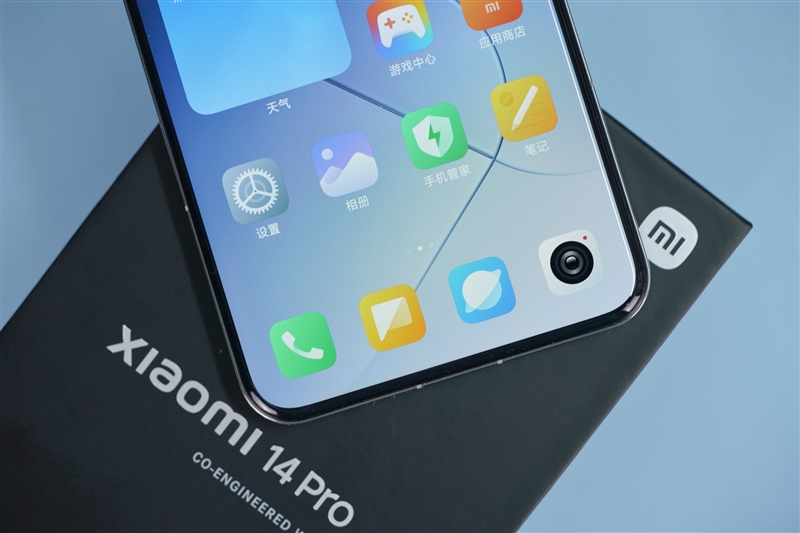
The surface of the Xiaomi Mi 14 Pro is covered with Xiaomi’s self-developed dragon crystal glass. Ingredients such as lithium oxide, aluminum oxide, phosphorus oxide, sodium oxide, silicon dioxide, and phosphorus pentoxide are added to the raw materials. After heat treatment above 800 degrees Celsius, Strengthened by the ion exchange process, it finally achieves a hardness that far exceeds that of glass. Compared with Corning GGV glass, its drop resistance is 10 times higher and scratch resistance is 1.32 times higher.
This time, Xiaomi changed the hyperboloid design of the previous generation and adopted a four-curved screen with equal depth. The four corners and sides are slightly curved with the same curvature, giving it the visual sense of a straight screen and the feel of a curved screen.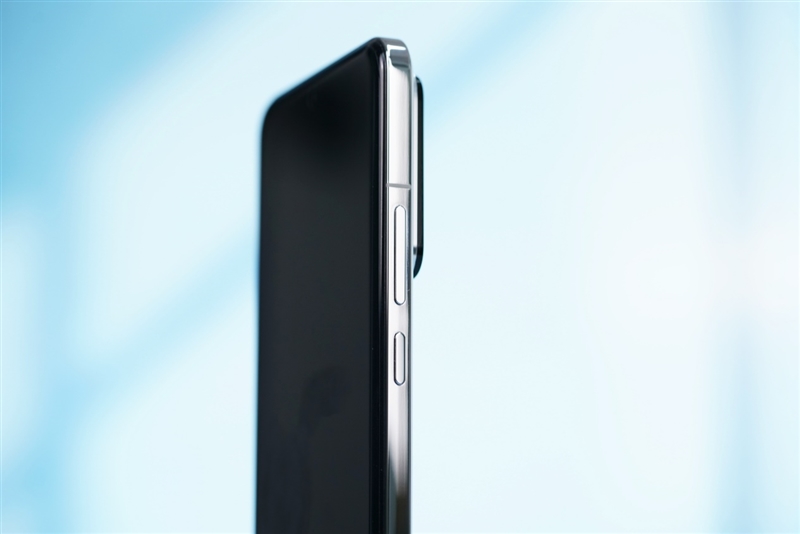
Secondly, combined with FIAA wiring technology, the four sides of the Xiaomi Mi 14 Pro present an ultra-narrow visual effect. There are power buttons and volume adjustment buttons on the right side of the phone.
The Xiaomi Mi 14 Pro we got at Kuai Technology is a white version. The 2.5D high-brightness glass on the back gives the phone a warm and jade-like texture. Its frame is made of the PVD physical vapor deposition process. It is the first in the industry to be made of aluminum alloy. The high-gloss craftsmanship created by the base material presents a mirror-like delicate look.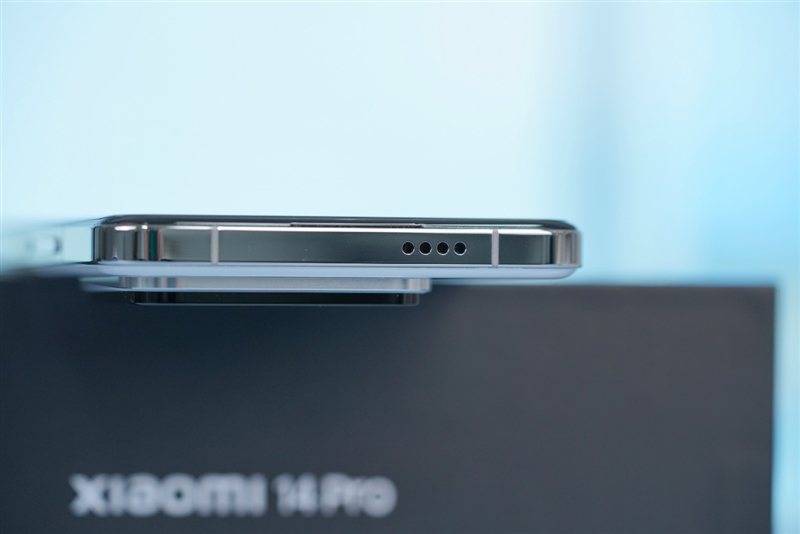
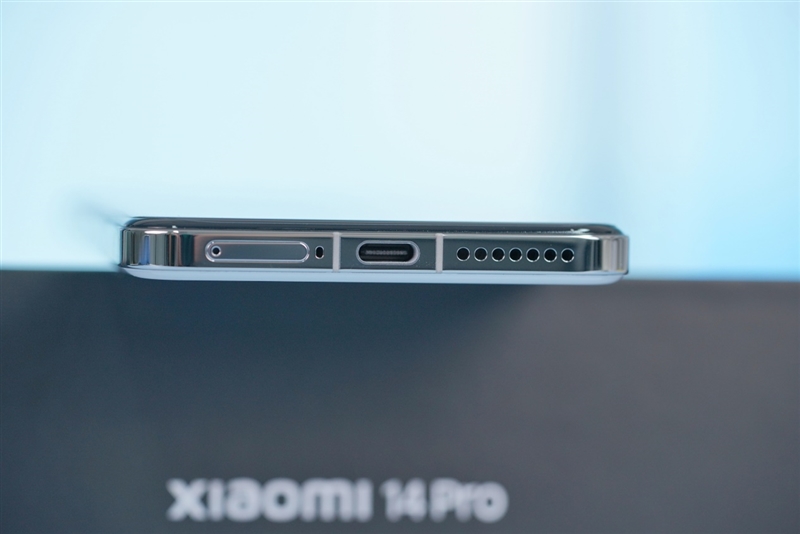
The three-camera module on the back of the phone is located in the upper left corner of the back. A large square piece of glass is attached to the surface, with a vertical Leica logo printed in the middle. Below the dual LED monochrome flash in the upper right corner is a laser focus sensor, and above is the rear camera module. Set up the light sensor.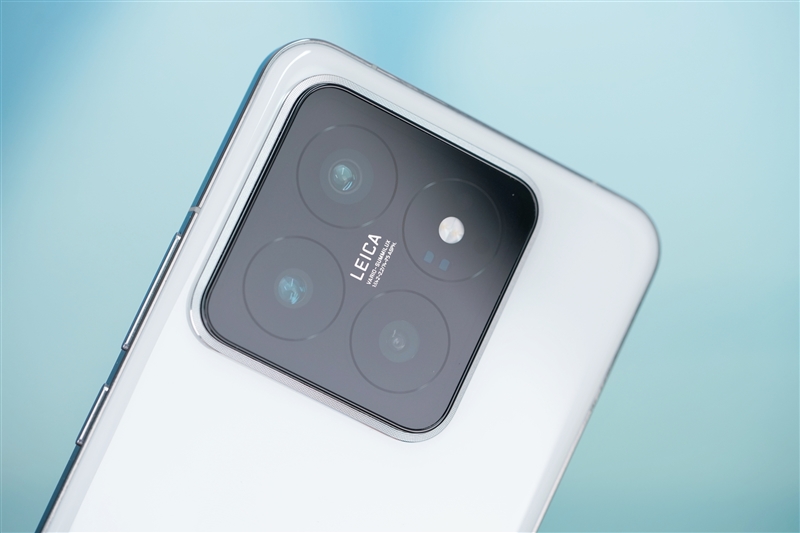
However, there is no infrared transmitter opening on the top of the phone, but Xiaomi hides the infrared transmitter inside the phone, to the right of the flash. This means that the 14 Pro can still use infrared to control home appliances, but the sensor is not external and needs to be used on the back facing to control electrical appliances, and you need to adjust it to a suitable angle to control the home appliances. The advantage of this is that the top of the phone is simpler.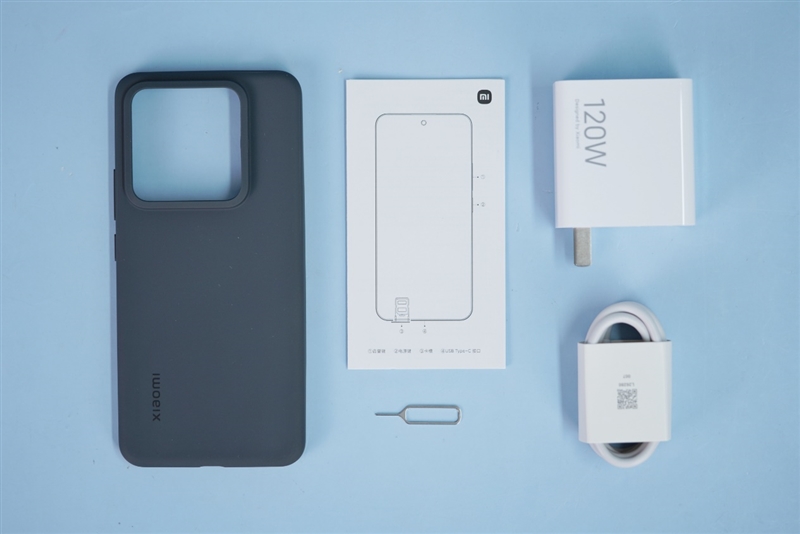
Xiaomi Mi 14 Pro continues the symmetrical dual stereo speaker design, with independent speaker openings on the top and bottom. In addition to the phone itself, the package also comes with a black silicone phone case, a 120W fast charging set (AC data cable), an instruction manual, and a SIM card pin.
Cameras
Xiaomi Mi 14 Pro has three rear camera lenses. The main camera uses the Light Hunter 900 outsole image sensor (OV50H) jointly developed with OmniVision Technology. It has a 1/1.31-inch photosensitive unit and supports F1.42~F4. 0 stepless variable aperture and Hyper OIS optical image stabilization.
The telephoto lens has 3.2x optical zoom, 75mm equivalent focal length (67mm cut telephoto), and the sensor uses Samsung S5KJN1, 50 Megapixels.
The CMOS of the ultra-wide-angle lens is the same as that of the telephoto lens, with a 14mm equivalent focal length and supports 5cm macro shooting.
Main Photographer
Leica Classic/Leica Vivid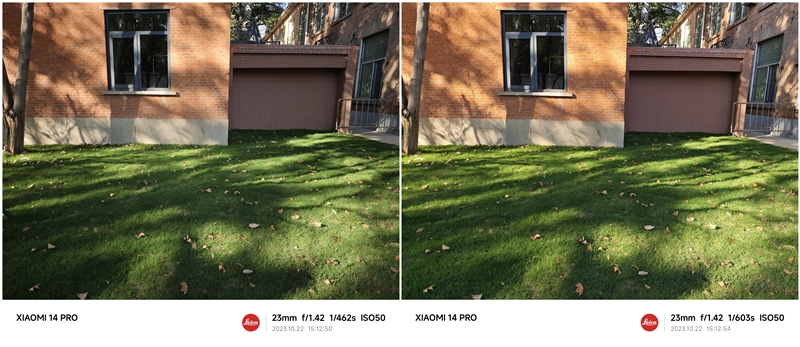
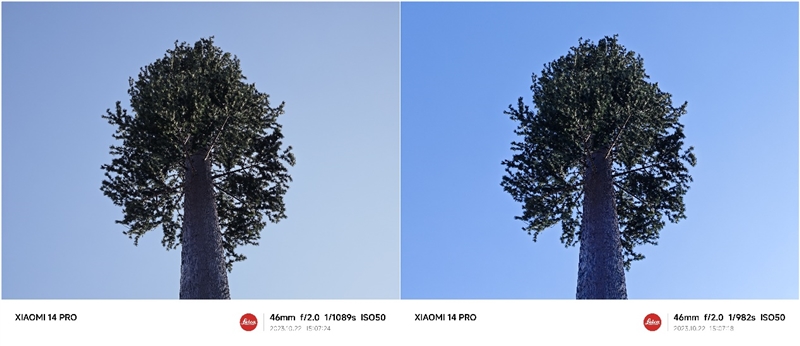
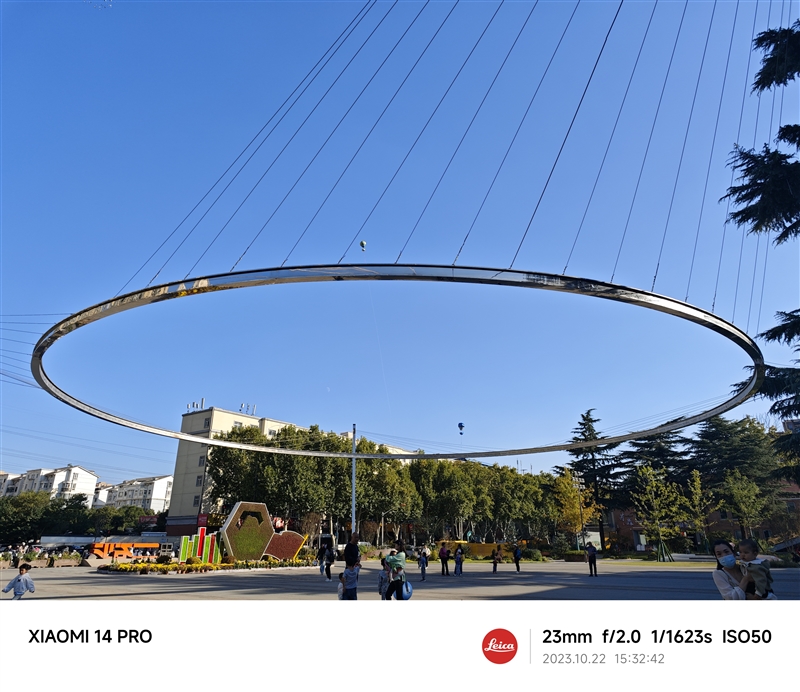
The main camera of the Xiaomi Mi 14 Pro has two styles: Leica Classic and Vivid. Leica Classic makes the pictures more natural and realistic, while Leica Vivid proofs are brighter and more transparent.
The following sample photos were taken in Leica classic mode:
Daytime sample, with the help of a larger aperture, the Xiaomi Mi 14 Pro can capture more details and light information, and in scenes where light and shadow intersect, the bright parts are brighter and the dark parts are darker. Even if you don’t know how to take pictures, in various scenes Using the lens of Xiaomi Mi 14 pro, you can also get clear and sharp photos. Whether you are shooting landscapes, people,e or daily objects, you can show a natural and real texture.
Multiple apertures
When the mobile phone camera interface is adjusted to professional mode, you can freely adjust the aperture value, f/1.42~f/4.0, with a total of 1024 levels of adjustment. Through the change of aperture, you can adjust the background blur effect of the sample. It can be seen from the real-shot sample that the aperture gradually shrinks, and the background blur around the flowers and plants gradually shrinks. The smaller the aperture value, the easier it is to highlight the subject.
However, it should be noted that the automatic aperture of Xiaomi Mi 14 Pro can only be adjusted manually in the default camera interface, and can be adjusted steplessly when recording video in movie mode.
Telephoto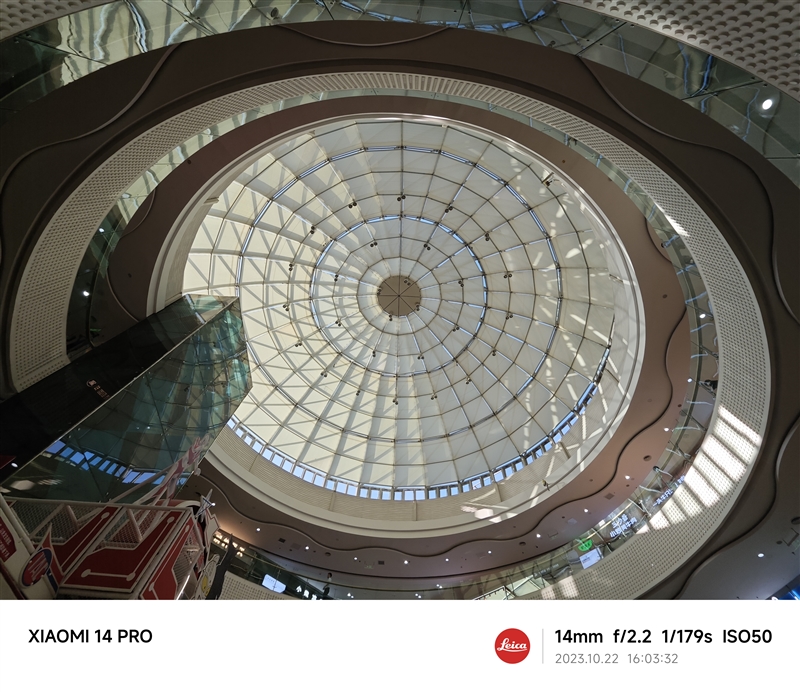
3.2x telephoto lens, measured 2.9x can be used to call the telephoto lens. In an environment with sufficient brightness, with the advantage of 50 million high pixels and the blessing of computational photography capabilities, even if the picture is enlarged to 5 times or 10 times, the picture will remain the same. The details are still clearly visible.
Moreover, the overall picture captured by the telephoto lens is very clean, and there is no general whitening. The colors still maintain a bright style. Compared with the main camera, there is no color difference in the picture due to differences in photosensitive units. There is no distortion in the picture, and the imaging is still very natural.
Super wide angle
Under the ultra-wide-angle lens, the Xiaomi Mi 14 Pro almost eliminates the distortion on both sides of the picture. When you zoom in and take a closer look, you can easily see the details at the edges, and the color presentation is consistent with that of the main camera.
Night scene sample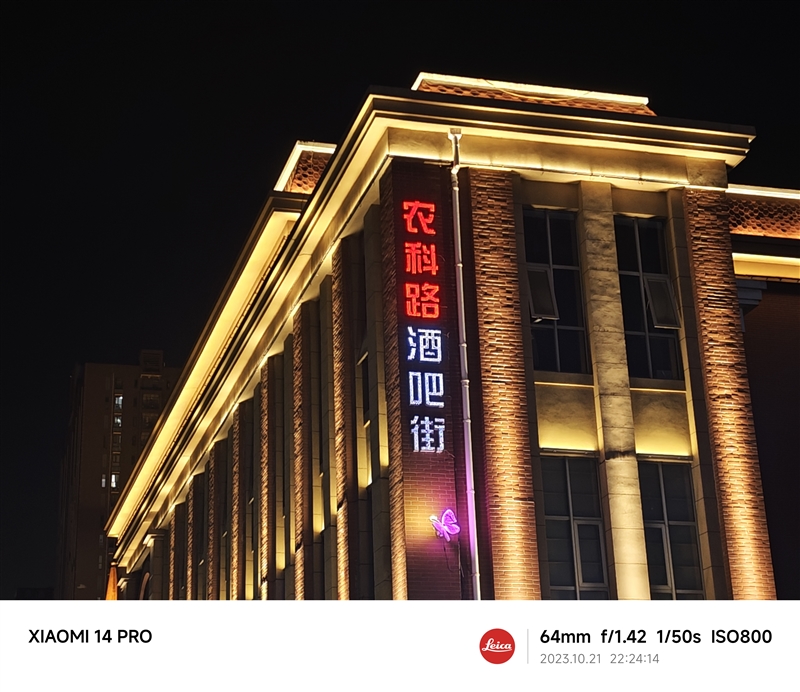
In night scenes, thanks to the professional ADL coating equipped on the Xiaomi Mi 14 Pro, various optical flaws are directly eliminated when shooting bright lights or objects. The picture looks clean, and you can even observe the inside of the light if you look closely. structure, but it took Apple 7 years to solve part of the glare problem.
With the help of the outsole + the computing power of Xiaomi Imaging Brai, and the powerful ISP of the third-generation Snapdragon 8 mobile platform, in night mode, films can be produced quickly without waiting.
Performance and Gaming
Xiaomi Mi 14 series makes the world premiere of Qualcomm’s third-generation Snapdragon 8 mobile platform, introducing the new Cortex-X4+Cortex-A720+Cortex-A520 three cores, large, medium and small, using the distinctive “1+3+2+2” “The four-cluster eight-core architecture design uses TSMC’s 4nm process technology, all using ARM’s new generation IP, and fully migrated to the 64bit instruction set. Theoretically, the peak CPU performance is increased by 30% and the power consumption is reduced by 34%.
The new generation of Adreno 750 GPU has a 20% increase in core size compared to the Adreno 74, and supports hardware light tracing and Mesh Shading. Theoretically, the peak performance is increased by 35% and the power consumption is reduced by 43%.
In addition, the entire Mi 14 series comes standard with 4×16bit 16GB LPDDR5X 8533Mbps memory, supplemented by up to 1TB UFS 4.0 specification flash memory. Combined with FBO storage renewal and Ultra Space storage expansion technology, storage performance and durability will be greatly improved.
Next, we tested the theoretical performance and actual game performance of Xiaomi Mi 14 Pro. During the test, we adjusted the screen brightness of the phone to 50%, turned off automatic brightness, turned off memory expansion, and turned on performance mode for testing.
Performance Testing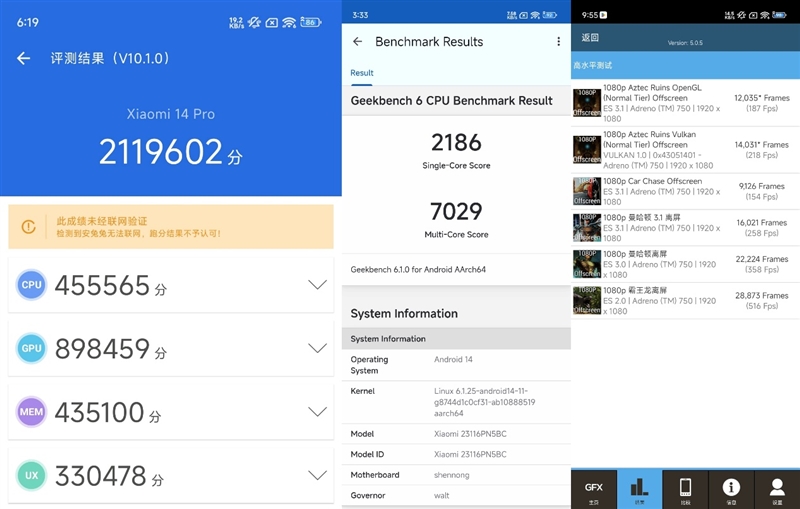
The first is the comprehensive performance test, of the latest version of AnTuTu V10. The total score soared to 2.119 million+, which is nearly 550,000 points higher than the standard version of Snapdragon 8 Gen2 equipped on the Xiaomi Mi 13 Pro. The overall performance increase reached about 35.3 %, of which the CPU score is 456,000+, a performance increase of about 17.8% year-on-year, and the GPU score is close to 900,000 points, a year-on-year increase of about 47.7%. It seems that the graphics performance of the third-generation Snapdragon 8 has improved considerably.
Then we tested the single performance of the CPU. The GeekBench6 single-core score was 2186 points. The multi-core score directly exceeded the 7000 mark and reached 7029 points. Compared with the second-generation Snapdragon 8, the single-core performance increased by about 7.4% and the multi-core performance increased by about 7.4%. As high as 26%, thanks to the new three-cluster architecture, the multi-core performance of the third-generation Snapdragon 8 directly benchmarks Apple’s A17 Pro chip.
In the GPU single test, we used 6 projects in GFXBench: 1080P Aztec Ruins OpenGL, Aztec Ruins Vulkan, Racing Chase, Manhattan 3.1, Manhattan, and Tyrannosaurus Rex. The results were 187FPS, 218FPS, and 154FPS respectively. , 258FPS, 358FPS, 516FPS.
Compared with the second-generation Snapdragon 8, it has obvious advantages in graphics rendering capabilities, with an improvement of up to 21.1% and at least 7.7%.
Game test
Running scores can only represent theoretical performance, and the actual performance of the game can tell everything.
Then, we selected the three most representative mainstream mobile game masterpieces with low, medium, and high loads, namely “Honor of Kings”, “Peace Elite” and “Genshin Impact”, in an indoor office environment of 27 degrees Celsius. , test with frame rate priority, and record the frame rate, power consumption, energy efficiency ratio,o, and body temperature performance during the game.
1. King of Glory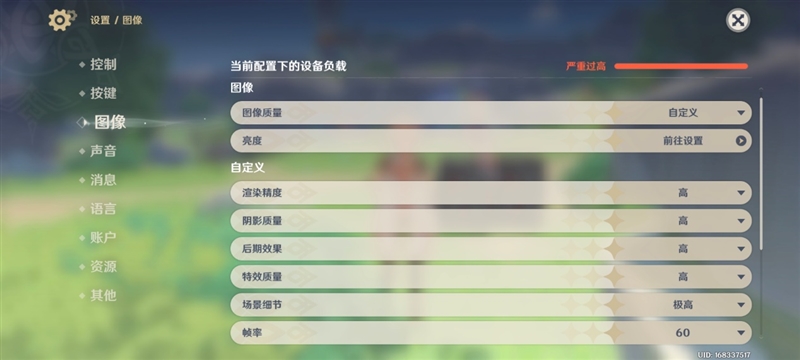
The first is the test of the Honor of Kings mobile game with a lower load. After a nearly 15-minute test of a team battle, the average fluctuation was only 0.1. The frame rate throughout the entire process was stable on a straight line. There, was almost no fluctuation. The game was very stable. .
In terms of power consumption, the average power consumption is 3.14W, and the frame energy consumption is 26.2mW, which is about 0.2W lower than the second-generation Snapdragon 8.
In terms of temperature, the ma. um, the temperature on the front of the fuselage is 38.7 degrees Celsius, located at the bottom of the bottom. It seems that Xiaomi’s heat dissipation module is doing a good job and can quickly conduct heat to the entire panel to prevent heat accumulation. The maximum temperature on the back of the fuselage is 39.2 degrees Celsius. Celsius is located at the SoC position, which is next to the camera module. If you hold your hand horizontally, you will feel a little heat, but it does not prevent us from continuing the game.
2. Peace Elite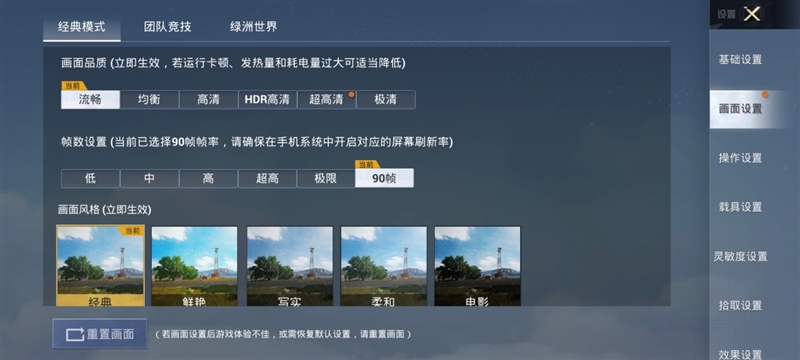
Then we tested the medium-load Peace Elite mobile game. In the smooth picture quality + 90 frame mode, the fluctuations were slightly frequent, reaching 0.4FPS. However, the overall picture of the game was still very stable, and the average frame rate reached 89.7 FPS.
The average power consumption has reached about 3.26W, which is nearly 0.3W lower than the second-generation Snapdragon 8, and the frame energy consumption is 36.3mW.
In terms of temperature, the maximum temp89.7 FPS on the front is 39.8 degrees Celsius, and the maximum temperature on the back is 39.6 degrees Celsius.
3. Original God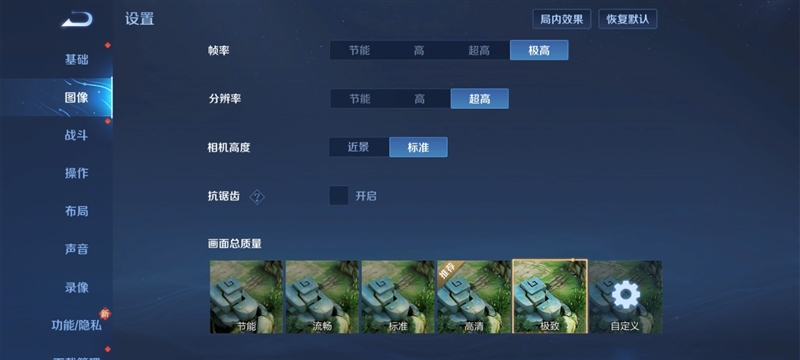
Finally, we tested the high-load “hardware killer” Genshin Impact mobile game. Combining the absolutely leading hardware strength and excellent software tuning, we ran the graphics in the highest image quality + 60 frames mode. After 15 minutes of testing, the entire game did not The frame rate was greatly reduced, and the average frame rate reached 59.5FPS, and the resolution was maintained at 864P throughout, with an average fluctuation of 1.1FPS. During the game, the picture was coherent and smooth, without any lag.
The average power consumption is 4.59W, and the frame energy consumption is 77.2FPS. In the past, the power of Snapdragon 8 Gen2 models was mostly maintained at around 5W, and some models were even higher. The third-generation Snapdragon 8 directly reduces the power consumption. Nearly 0.5W.
In terms of temperature, the maximum temperature on the front of the fuselage is 41.8 degrees Celsius, and the maximum temperature on the back is 42.7 degrees Celsius. The temperature in the holding area will be lower. The installation of a ring-shaped cold pump cooling module makes it easy for Xiaomi Mi 14 Pro to accumulate heat when playing Genshin Impact, and the heat dissipates quickly, bringing you a smooth experience. gaming experience.
Battery
Xiaomi Mi 14 Pro further increases the battery capacity. The 4880mAh single-cell high-energy battery has two built-in Pengpai P2 charging chips. The higher conversion efficiency drives the single-cell 120W Pengpai wired second charging.
The Paper G1 battery management chip is equipped with the ability to monitor charging, infer the available time corresponding to the remaining power in real-time during the charging process, and maintain the health of the battery by optimizing discharge and charging strategies.
In addition, Xiaomi 14 Pro also supports 50W wireless charging and wireless reverse charging.
In this regard, we also conducted charging and battery life tests on Xiaomi Mi 14 Pro.
Charging test
Charging test, Xiaomi 14 Pro started testing from 1%, charreal-time% in 5 minutes, reached half of the battery in 10 minutes, reached 53%, charged to 87% in 20 minutes, and finally fully charged in 25 minutes.
With this charging speed, half of the battery can be charged in the morning before washing up, and it can be used for most of the day without any problem.
Endurance test
For the battery life test, we used the professional battery life test tool – Battery Dog produced by Kuai Technology to conduct the test.
For the test items, we chose the extreme battery life test and checked all test items including CPU high voltage, CPU multi-threading, AI recognition, picture browsing, video playback, and web browsing to simulate user usage scenarios and restore the real load to the greatest extent. Infinitely close to the real power consumption situation.
The resolution was adjusted to 1080P. After actual testing by Battery Dog, the battery consumption from 100% to 20% took 7 hours, 45 minutes, and 35 seconds. After conversion, the full battery life can reach nearly 10 hours. Such battery life results can satisfy ordinary users. One day’s usage time.
Verdict
If the release of Xiaomi 10 series dual flagships in 2020 is the beginning of Xiaomi’s layout of high-end flagship mobile phones, then in the following three years, Xiaomi will successively launch the 11, 12, and 13 series of medium, large, and extra large cups. This flagship model is the cornerstone of Xiaomi’s digital flagship series to consolidate its position in the high-end mobile phone market. It is also an important milestone that truly leads Xiaomi’s digital flagship series to hit the high end.
Today’s Xiaomi Mi 14 series is the result of Xiaomi’s huge efforts and innovative thinking in its high-end mobile phone product line. It is also the most mature and stable product of Xiaomi’s high-end mobile phone road so far.
After our experience evaluation, we made the following summary of Xiaomi 14 Pro:
The world’s first third-generation Snapdragon 8 mobile platform, thanks to the new architecture, its CPU multi-core performance is directly close to Apple’s A17 Pro chip, and the Adreno 750 GPU has made the mobile phone’s graphics processing capabilities advance by leaps and bounds. , the average frame rate is stable at 59.5FPS, and the power consumption is less than 5W, which is at the same level as the A17 Pro. This shows the strength of the third-generation Snapdragon 8 mobile platform.
Secondly, in terms of imaging, the jointly developed Light Hunter 900 CMOS is combined with the most perfect Leica Summilux lens to bring amazing high dynamic range and 14-bit color depth output, capturing unprecedented light and shadow details, and the infinitely variable physical aperture The new form makes our daily images no longer monotonous and provides one more choice and one more possibility. It also gives this main camera super performance for both long and close shots.
In terms of screen display, the C8 luminescent material jointly developed with CSOT Optoelectronics has increased the excitation brightness of the screen by 30% compared to the Samsung E6 base material. With professional screen tuning, calibration is performed concerning the CIE170-2:2015 color space to solve the problem. OLED D65 has a yellowish skew problem. The actual quality of domestic screens has surpassed Samsung and is unique.
The self-developed Hyper OS operating system completely breaks the barriers between hardware devices, unifies the interconnection protocol, and autonomously dynamic real-time networking across devices, allowing all devices to unify the connection protocol and communicate in real-time. This is a historic leap in Xiaomi’s interconnection, which also lays the foundation for Xiaomi’s future car-machine interconnection and everything interconnection.
During the development of the consumer electronics industry, competition has always been fierce. No matter what stage it is, world-renowned technology brands are inseparable from the success of high-end products, and the success of high-end products is often inseparable from bold innovation.
After three years of bold attempts, Xiaomi continued to invest in research and development, constantly sought brand cooperation, and finally created the most meaningful flagship phone in the history of Xiaomi mobile phones 14 Pro, a new Hyper OS, a new imaging brand, a new Self-developed glass, coupled with the third-generation Snapdragon 8 mobile platform, the most powerful Android, Xiaomi uses its own research and development experience and the spirit of exploration that it has been adhering to for more than ten years to tell the world that the high-end process of the Xiaomi brand has made significant progress. results.
Looking at it now, Xiaomi can always maintain a leading position in the fierce market competition and continue to promote the brand towards high-end, which also proves that Lei Jun’s decision three years ago was extremely correct.

.jpg)








